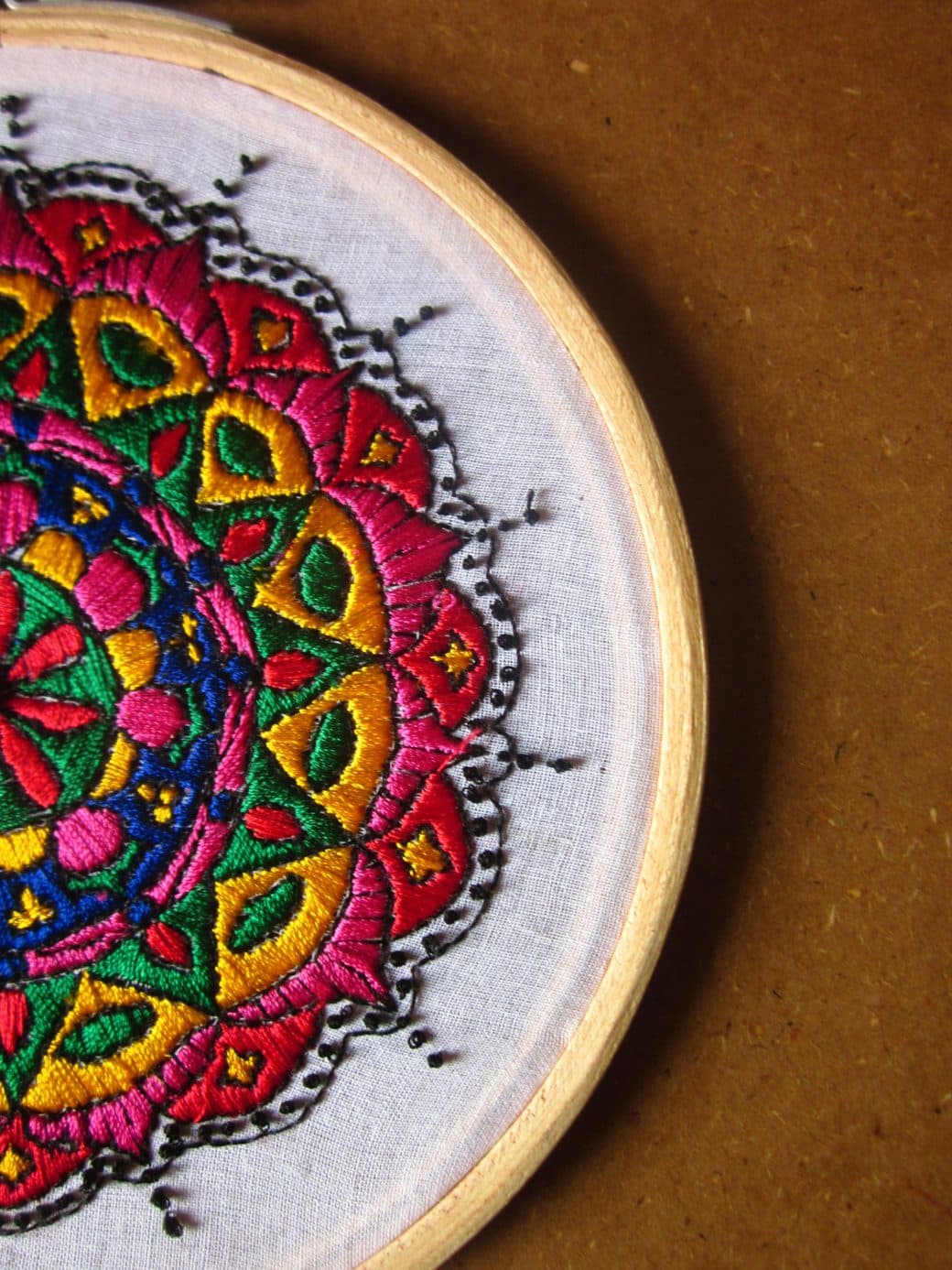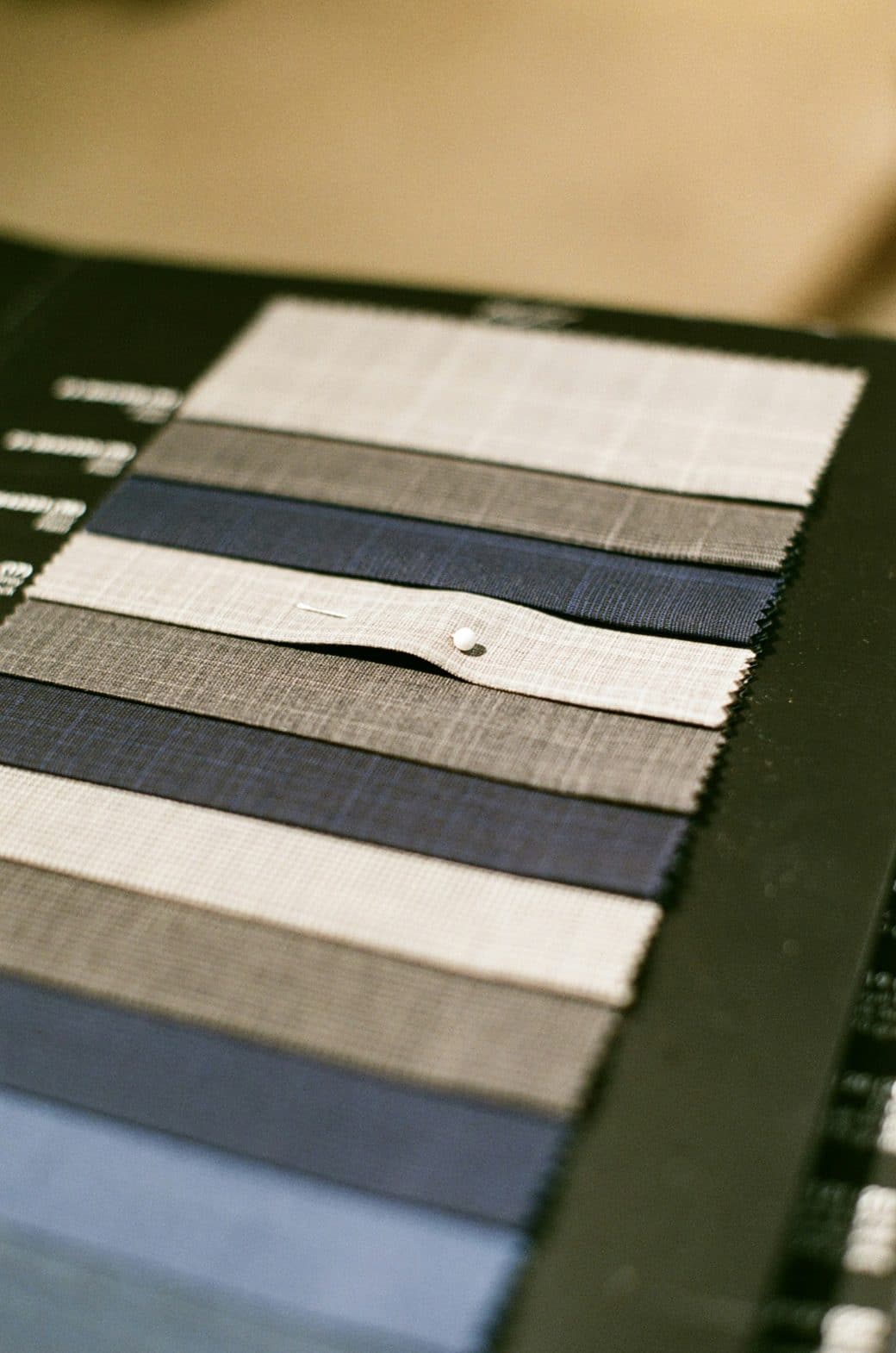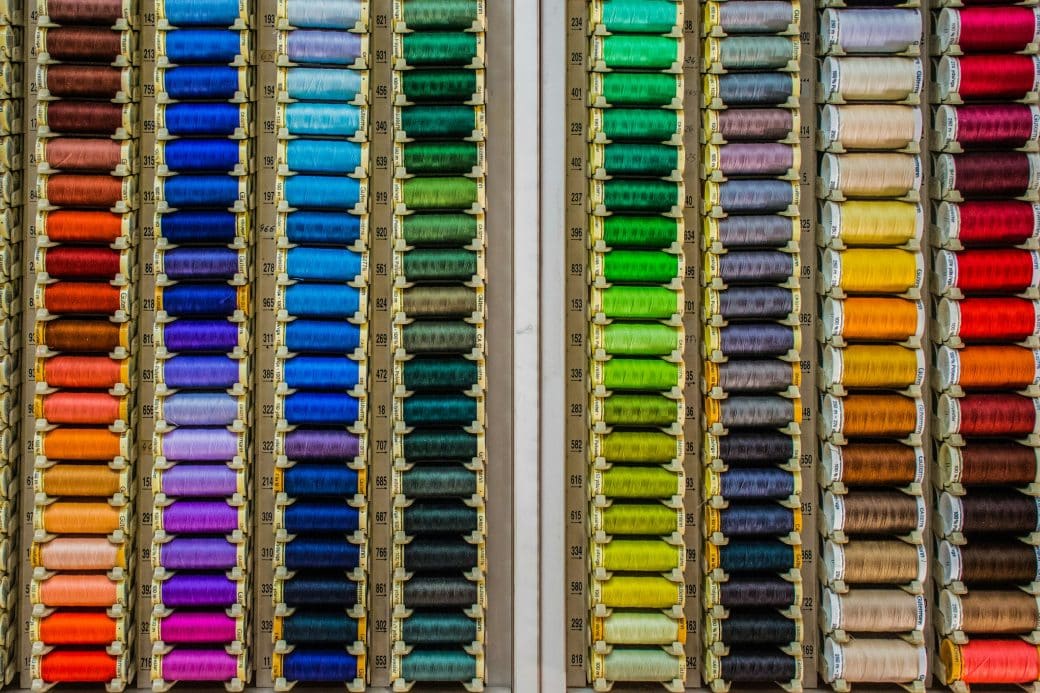Navigating through the maze of machine embroidery tools can feel a bit like being a kid in a candy store—but with a lot more complexity and a bigger price tag involved. I want to share my journey and the insights I’ve picked up on selecting the best tools that have not only made my projects leaps and bounds better but also saved me a fair amount of money and frustration in the long run. Let’s embark on this exploration together, sifting through the essentials of machine embroidery and pinpointing what tools are truly worth their salt.

Understanding Machine Embroidery
Embroidery, in its essence, is more than just a hobby or a business; it’s an art form that lets me express my creativity while producing something both beautiful and useful. But when I dive into the world of machine embroidery, I step into a whole new dimension of possibilities and precision that hand embroidery just can’t match. So, let’s unwrap this world together, shall we?
What is Machine Embroidery?
Machine embroidery is, to put it simply, the use of an embroidery machine to create patterns on textiles. It leverages technology to automate the embroidery process, providing consistency and speed that hand embroidery can’t compete with. Whether I’m embellishing a pillow, personalizing a gift, or branding corporate wear, my trusty embroidery machine makes it happen with finesse and efficiency.
Difference Between Hand and Machine Embroidery
The charm of hand embroidery lies in its individuality and traditional appeal. Each stitch reflects the time and skill of the embroiderer, making each piece unique. However, machine embroidery brings a level of precision and repeatability that’s incomparable. Speed is another critical factor; what takes hours by hand can often be done in minutes on a machine. For me, choosing between the two often boils down to the project’s purpose and the effect I’m aiming for.
Importance of Proper Tools in Machine Embroidery
Embarking on a machine embroidery project without the right tools is like trying to paint without a brush. The right embroidery machine, threads, stabilizers, and software aren’t just nice to have; they’re essential for ensuring the quality and longevity of my projects. Getting familiar with these tools and knowing how to use them effectively can make all the difference in the outcome of my embroidery endeavors.
Identifying your Embroidery Needs
Before diving headfirst into machine embroidery, I learned it’s crucial to have a clear vision of what I aim to achieve. This clarity guides the decisions I make, from choosing my materials to selecting my machine.
Determining the Purpose
The purpose of the embroidery dictates everything from the design to the type of machine I might need. Am I personalizing items for my family, creating products to sell, or making corporate wear? Each goal might require different features from my embroidery machine, like hoop size, stitching speed, or design capabilities.
Understanding Material Requirements
The materials I plan to embroider on influence my choice of machine and accessories. Delicate fabrics might require a machine that allows for nuanced tension adjustment, while thicker materials need a sturdy machine with a strong needle. Likewise, the choice of stabilizer and thread will differ based on the fabric’s weight and texture.
Defining Budget Constraints
Machine embroidery can be as affordable or as expensive as my budget allows. Basic machines are great for beginners or casual embroiderers, but advanced projects could require a more significant investment. Outlining what I’m willing to spend helps me narrow down my options without getting overwhelmed by the plethora of machines on the market.
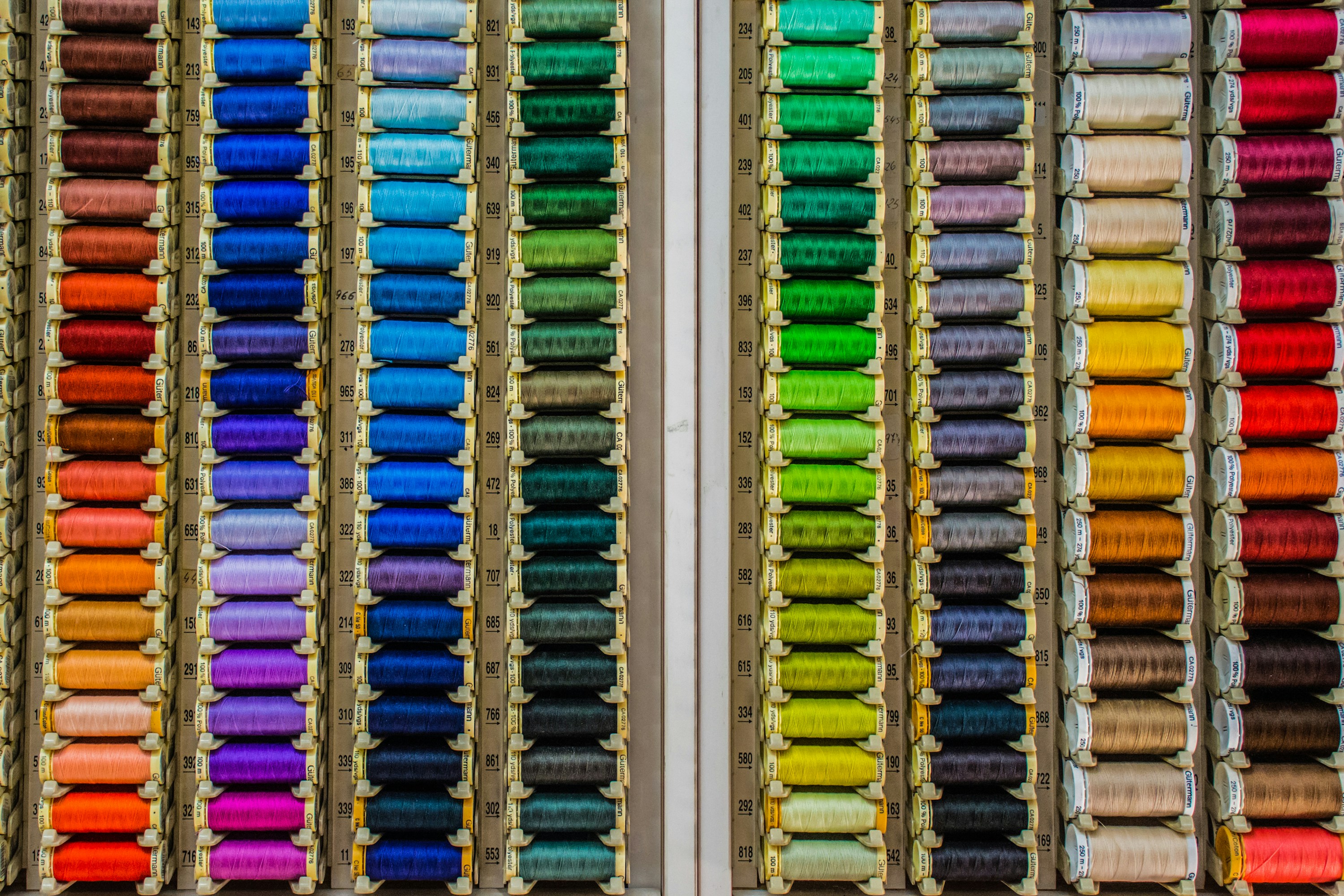
Choosing the Right Embroidery Machine
Embroidery machines come in all shapes and sizes, each with its unique set of features. Understanding what each type offers helped me make an informed choice that meets my embroidery needs.
Basic vs Advanced Machine
The main difference between basic and advanced machines lies in their capabilities and features. Basic machines are often more user-friendly and budget-friendly, perfect for beginners or those with simple embroidery needs. On the other hand, advanced machines provide extensive features like larger embroidery fields, more stitch patterns, and connectivity options, catering to more complex projects and professional needs.
Assessing the Embroidery Field
The embroidery field refers to the maximum area the machine can embroider in one go. A larger embroidery field means I can tackle bigger designs or multiple small designs simultaneously, making it a critical feature for business-oriented or large-scale projects.
Considering the Number of Needles
Machines with multiple needles can work with several thread colors at once, significantly speeding up multi-colored designs. For someone like me, who values efficiency and often works on colorful projects, a multi-needle machine is a game-changer.
Reviewing Brand Reputation
Not all embroidery machines are created equal. Brands with a strong reputation for quality, durability, and customer support offer peace of mind that’s worth paying a bit extra for. I’ve learned from experience that a well-supported machine turns challenges into minor hiccups rather than project-halting obstacles.
Necessity of Quality Embroidery Threads
The thread is the soul of embroidery, breathing color and life into every design. But not all threads are suitable for every project or machine.
Comparison of Thread Types
From rayon and polyester to cotton and specialty threads, each type has its characteristics. Rayon threads boast a beautiful sheen, making them perfect for decorative designs, while polyester threads offer superior colorfastness and strength, ideal for items that require frequent washing.
Importance of Thread Quality
High-quality threads make a noticeable difference in the appearance and durability of my embroidery. They produce less lint, reducing wear and tear on my machine, and ensuring the designs look stunning for years to come.
Selecting the Right Thread Color
Color selection goes beyond aesthetic preferences; it involves understanding the interplay of colors and how they complement each other and the base material. I’ve learned that investing in a good color chart from my thread brand helps me make precise color choices that bring my designs to life.

The Role of Embroidery Software
Embroidery software is the bridge between my creative ideas and the final embroidered product. It allows me to design, edit, and digitize embroidery designs before sending them to my machine.
Overview of Embroidery Software
From basic programs that allow simple edits to advanced software offering extensive design capabilities, the right software depends on my project needs and technical comfort level. Some software even includes simulation features, letting me preview how my design will look when embroidered.
Software Compatibility with Your Machine
Not all software works with every embroidery machine. Before investing in any program, I ensure it’s compatible with my machine. This compatibility is crucial for transferring designs smoothly and making the most of my machine’s capabilities.
Exploring Software Functions
Modern embroidery software offers a plethora of functions, from converting images into stitchable designs to adjusting stitch types and patterns. Familiarizing myself with these functions has unlocked new levels of creativity and precision in my work, allowing me to bring even the most intricate designs to life.
Embroidery Hoops and Stabilizers
Hoops and stabilizers are the unsung heroes of machine embroidery, ensuring the material stays flat and properly tensioned during the embroidery process.
Understanding the Function of Hoops
Embroidery hoops hold the fabric taut and in place, preventing puckering and ensuring even stitching. Choosing the right hoop size for my project is crucial, as it affects the design’s placement and overall quality.
Choosing the Right Stabilizer for Your Project
Stabilizers support the fabric during and after the embroidery process. The choice of stabilizer—cut-away, tear-away, or wash-away—depends on the fabric type and the design’s demands. Getting this choice right means the difference between a design that stands the test of time and one that distorts after a single wash.
Proper Usage of Hoops and Stabilizers
Mastering the use of hoops and stabilizers took some practice, but it’s been key to my embroidery success. I’ve learned to always test my hoop and stabilizer choice on a scrap piece of fabric before starting on the actual project, ensuring everything works seamlessly together.
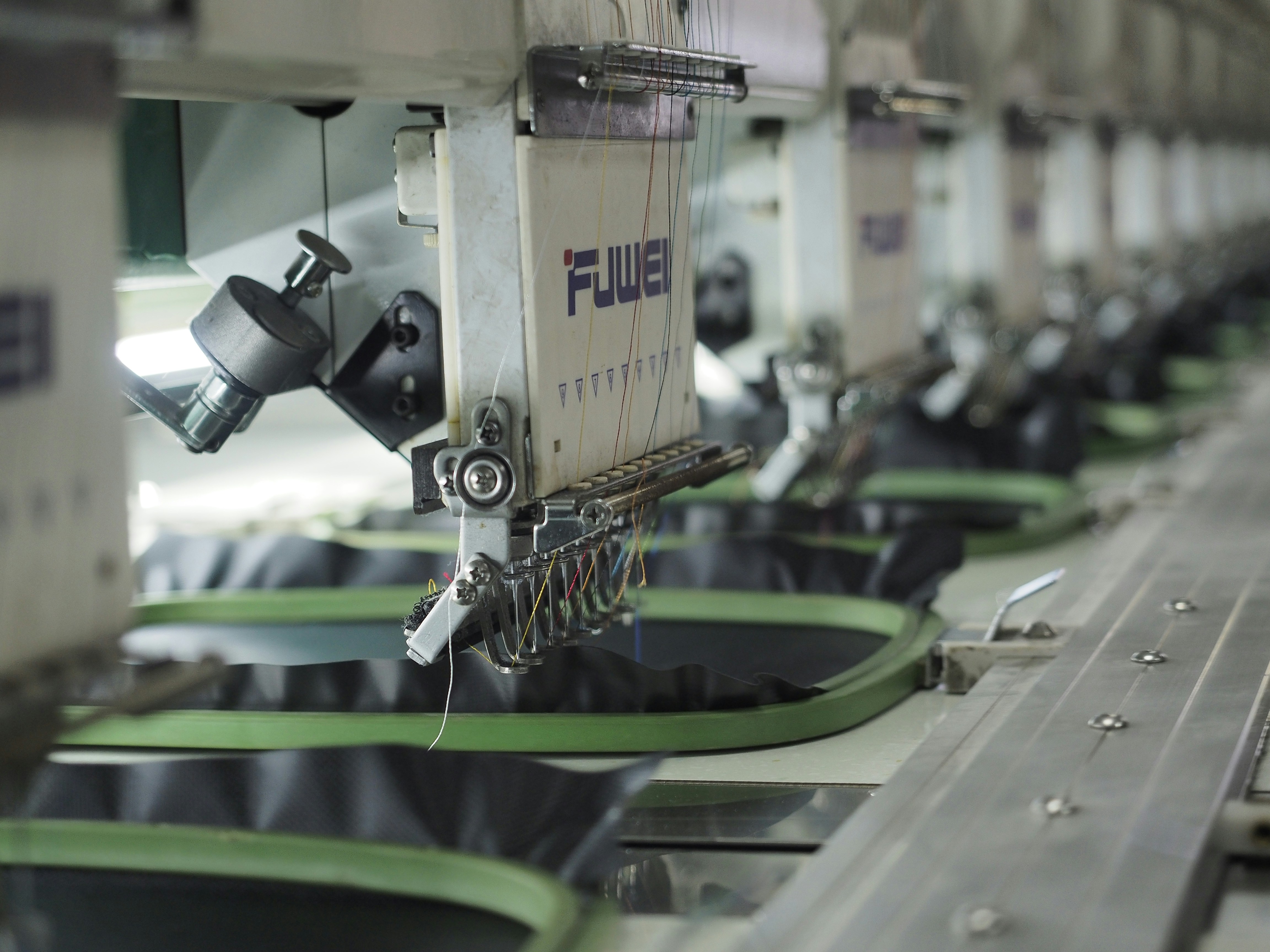
Proper Needles Selection
The right needle can make a significant difference in the quality of the embroidery and the longevity of my machine.
Known Types of Needles
Embroidery needles come in various types and sizes, designed for different fabrics and thread weights. Using a universal needle when I should be using a sharp or ballpoint can result in skipped stitches, fabric damage, or even needle breakage.
Matching Needles with Fabric and Thread
The rule of thumb I follow is: finer needles for lighter fabrics and finer threads, and larger needles for heavier materials. This match ensures that the needle can carry the thread through the fabric without causing damage or distortion.
Changing Embroidery Needles Regularly
Needles become dull or damaged over time, affecting stitch quality. I’ve made it a habit to change my needle after every project or after about 8 hours of stitching time. This small step keeps my stitches looking crisp and my machine running smoothly.
Understanding Embroidery Designs and Patterns
Designs and patterns are the heart of embroidery. They can be simple or complex, traditional or modern, but they all start with an idea.
Pre-made vs Custom Designs
Pre-made designs are great when I need something quickly or I’m looking for inspiration. However, custom designs offer a level of personalization and uniqueness that pre-made designs can’t match. Whether I’m creating a logo for a business or a monogram for a wedding gift, custom designs let me inject personality and purpose into my work.
Understanding Format Types
Embroidery designs come in various file formats, with each embroidery machine brand preferring its own. I’ve learned it’s essential to know which formats are compatible with my machine to avoid conversion issues that could affect the design’s integrity.
Digitizing Your Own Patterns
Digitizing is the process of converting a design into a format that my machine can embroider. It’s allowed me to transform my own artwork into embroidery, opening a world of creativity. While it was daunting at first, investing time in learning to digitize has been incredibly rewarding, letting me bring my unique visions to life.
Maintaining Your Embroidery Tools
Taking care of my embroidery tools ensures they stay in top condition, ready for whatever project I dream up next.
Cleaning Your Embroidery Machine
Regularly cleaning my embroidery machine—removing lint, changing needles, and oiling moving parts—keeps it running smoothly. It’s a simple step, but it’s critical for maintaining my machine’s longevity and performance.
Regular Service and Repairs
Just like any other mechanical device, my embroidery machine benefits from professional servicing. These check-ups catch potential issues before they become big problems, ensuring my machine stays in prime condition.
Proper Storage of Tools
Storing my threads, needles, hoops, and stabilizers properly keeps them clean, organized, and ready for use. I’ve found that taking a few minutes to store my tools correctly saves me a lot of time and frustration in the long run.
Advanced Embroidery Techniques
As I’ve grown more confident in my embroidery skills, I’ve started exploring advanced techniques that add depth and texture to my designs.
3D Puff Embroidery
3D puff embroidery creates a raised effect, making the design pop out from the fabric. It’s perfect for caps, bags, and other items where I want the design to stand out.
Appliqué Technique
Appliqué involves adding pieces of fabric to the design, creating a layered effect. It’s a great way to incorporate different textures and materials into my embroidery, giving my projects a unique look.
Freestanding Lace Technique
Freestanding lace is embroidered onto a water-soluble stabilizer, which is then dissolved, leaving behind a beautiful lace design. It’s perfect for decorative elements like ornaments, table decor, or garment accents.
Embarking on my machine embroidery journey has been a fascinating and fulfilling experience. From understanding the basics of machine embroidery to exploring advanced techniques, every step has taught me something new. With the right tools, knowledge, and a bit of creativity, I’ve discovered there’s no limit to what I can create. Whether you’re a seasoned embroiderer or just starting out, I hope sharing my journey inspires you to explore the wonderful world of machine embroidery. Happy stitching!
Sources
- https://www.threadsketchinginaction.com/free-motion-stitching-on-a-domestic-sewing-machine/
- https://www.smartpatternmaking.com/blogs/articles/the-best-embroidery-machine-for-beginners-a-guide-to-brothers-digitizing-software
- https://www.threadsketchinginaction.com/how-to-choose-the-best-machine-embroidery-thread/

